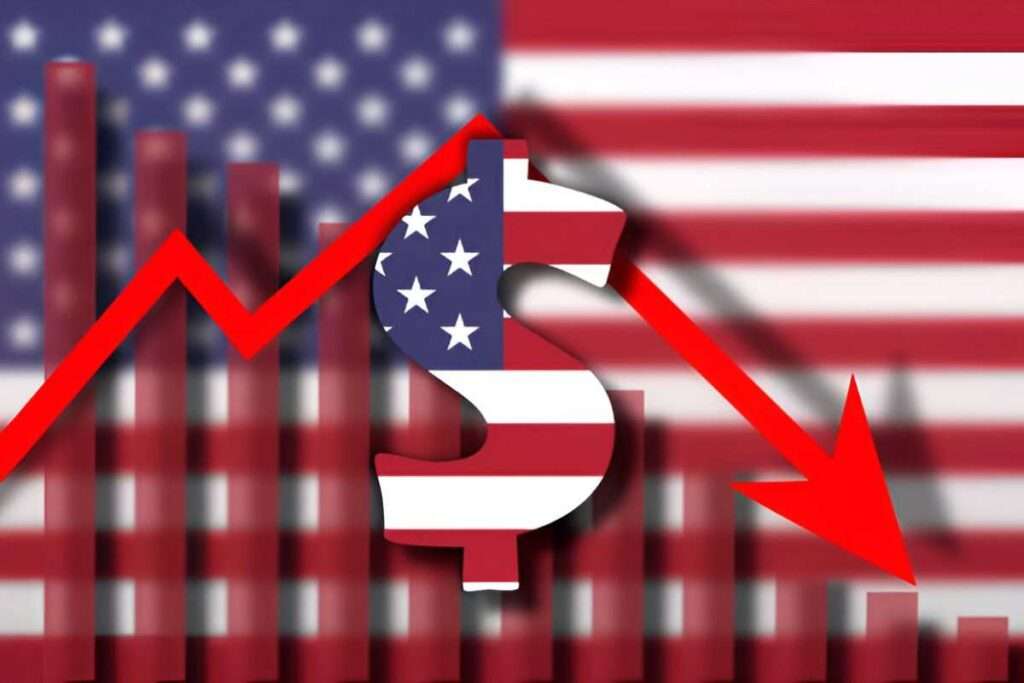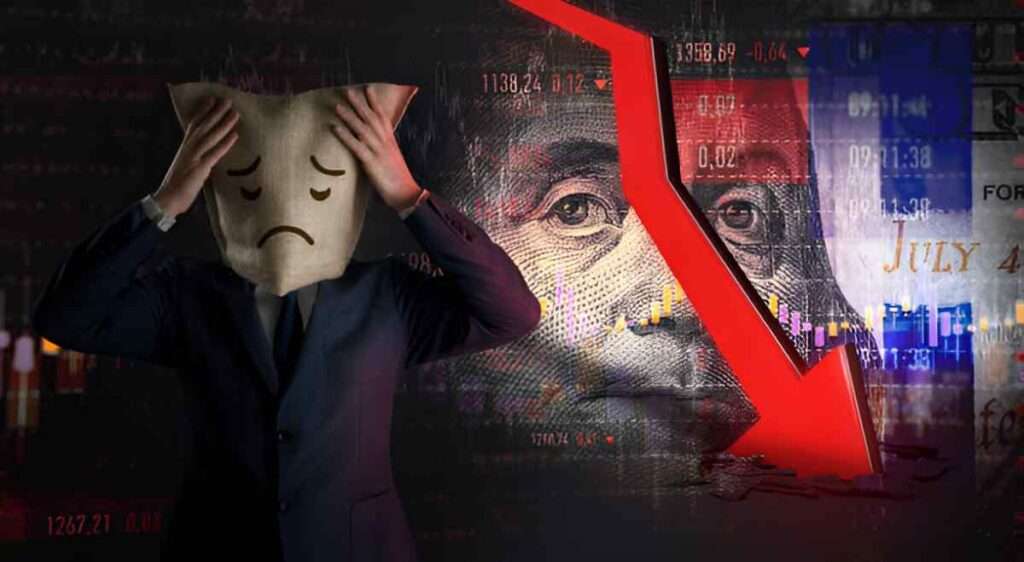Introduction
The Financial Instability Hypothesis (FIH), developed by economist Hyman Minsky, provides a framework for understanding financial crises. This theory suggests that stability breeds instability, as periods of economic calm lead to excessive risk-taking, eventually culminating in financial crises. Minsky’s insights have gained renewed attention following the 2008 financial crisis, as they help explain why seemingly stable financial systems can suddenly collapse. In this article, I will explore the intricacies of the FIH, its implications for financial markets, and its relevance in the modern U.S. economy.
Table of Contents
Understanding the Financial Instability Hypothesis
Minsky’s hypothesis centers on the idea that financial markets are inherently unstable due to the behavior of financial institutions and borrowers. He classified financing into three categories:
- Hedge Finance – Borrowers generate enough income to cover interest and principal payments.
- Speculative Finance – Borrowers generate enough income to cover interest but must roll over principal.
- Ponzi Finance – Borrowers rely on rising asset prices or additional borrowing to meet obligations.
As economies transition from hedge finance to Ponzi finance, systemic risk increases, eventually leading to financial crises. This cycle repeats as memories of past crises fade and risk-taking resumes.
The Minsky Cycle: A Step-by-Step Breakdown
The FIH describes a repeating cycle in financial markets:
1. Displacement
A positive economic shock, such as technological innovation or financial deregulation, spurs optimism. For instance, the dot-com boom of the 1990s was driven by advancements in internet technology.
2. Boom
Credit expansion and rising asset prices reinforce confidence. Investors, encouraged by past returns, increase leverage. The 2002–2006 U.S. housing boom exemplifies this stage, as easy credit fueled speculative home purchases.
3. Euphoria
Risk perception declines. Lenders and borrowers engage in speculative and Ponzi financing. Warning signs of overvaluation emerge, but market participants dismiss them. In the early 2000s, mortgage-backed securities and subprime lending reached excessive levels.
4. Crisis
Asset prices peak and reverse. Borrowers default, financial institutions face liquidity shortfalls, and market panic sets in. The 2008 financial crisis followed this pattern, as mortgage defaults triggered a collapse in financial institutions.
5. Revulsion and Recession
Lenders tighten credit, demand collapses, and the economy contracts. In 2008–2009, U.S. GDP shrank, unemployment rose, and banks became risk-averse, exacerbating the downturn.
Comparing Minsky’s Theory to Classical Economic Theories
| Aspect | Financial Instability Hypothesis | Efficient Market Hypothesis (EMH) | Keynesian Economics |
|---|---|---|---|
| Market Stability | Markets are inherently unstable | Markets are rational and efficient | Markets need government intervention |
| Role of Debt | Debt cycles drive instability | Debt is neutral | Debt can stimulate demand |
| Government Role | Regulation needed to mitigate crises | Minimal intervention | Counter-cyclical policies are essential |
The FIH challenges the EMH, which assumes that financial markets incorporate all information efficiently. The 2008 crisis demonstrated that markets can misprice risk for extended periods, supporting Minsky’s view.
Practical Implications: Examples and Calculations
Minsky’s theory has direct implications for investment strategies, monetary policy, and financial regulation. Let’s consider a simple numerical example of a financial bubble fueled by Ponzi finance.
Example: Housing Market Boom and Bust
- Initial Home Price: $200,000
- Annual Price Growth During Boom: 10%
- Speculative Buyer’s Down Payment: 5%
- Mortgage Taken: $190,000
- \text{Future Price} = 200{,}000 \times (1.10)^3
- Equity Build-up: $266,200 – $190,000 = $76,200
During a boom, rising prices make leverage seem beneficial. However, if prices fall by 20%, the home value drops to $213,000, wiping out equity. If the homeowner defaults, banks face losses, potentially triggering a systemic crisis.
Policy Implications and Risk Mitigation
To prevent financial instability, policymakers must adopt strategies that counteract excessive risk-taking.
1. Strengthening Financial Regulations
- Capital Requirements: Increasing bank capital cushions helps absorb shocks.
- Leverage Limits: Restricting excessive borrowing reduces systemic risk.
2. Counter-Cyclical Fiscal and Monetary Policies
- Interest Rate Adjustments: The Federal Reserve can raise rates during speculative booms.
- Government Spending: Fiscal stimulus during downturns can stabilize demand.
3. Market Transparency and Risk Awareness
- Stress Testing: Regular bank stress tests ensure financial resilience.
- Consumer Protection: Transparent lending practices reduce the risk of unsustainable debt.
Conclusion
Minsky’s Financial Instability Hypothesis provides a crucial lens for understanding economic cycles and financial crises. It challenges the notion of market stability and highlights the dangers of excessive debt and speculation. By recognizing these patterns, policymakers and investors can take proactive measures to mitigate financial instability. The 2008 crisis reaffirmed the importance of Minsky’s insights, making them more relevant than ever in shaping future financial policies.





